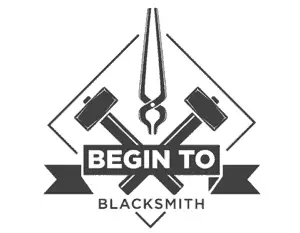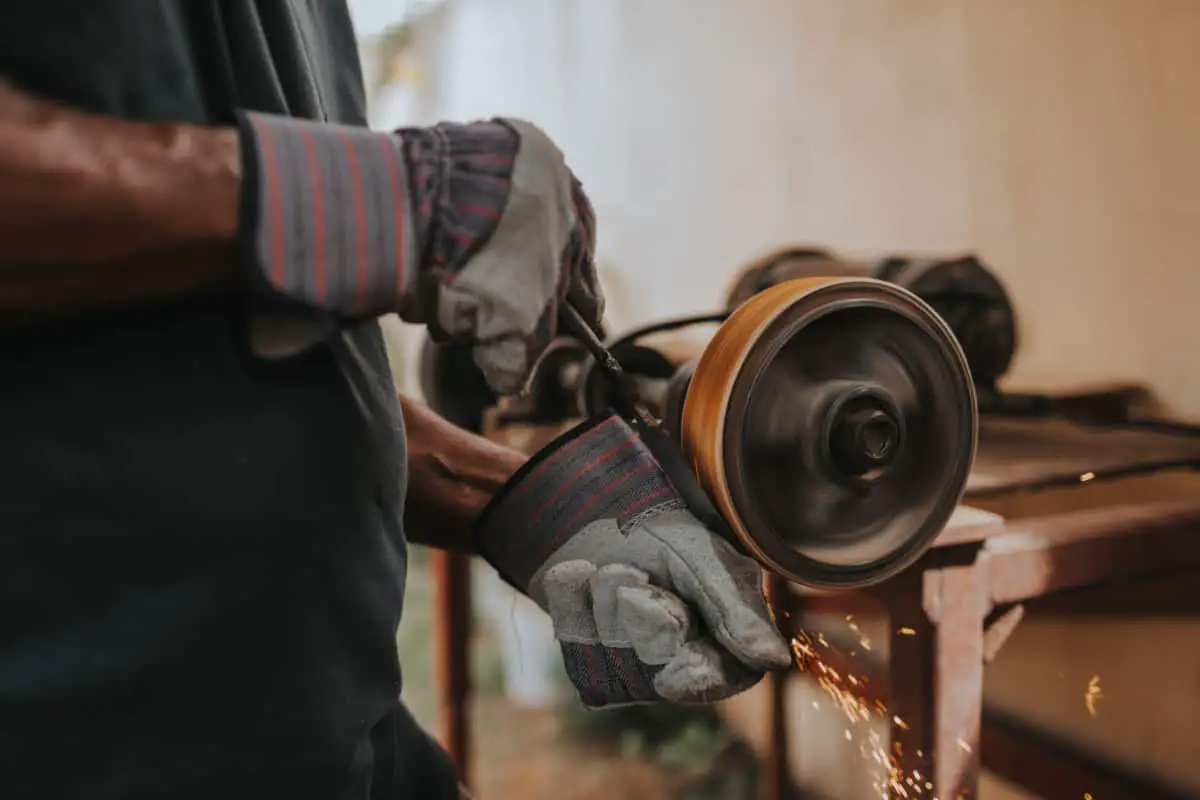Almost every blacksmith starts his hobby or career by forging a knife. It’s one of the most attractive tools in the blacksmith’s collection and doesn’t require advanced-level skills. Besides, when they forge a knife, they are compelled to work on the tiniest details that assist them in learning and understanding special skills like quenching, sharpening, hammering, etc.
There are some other benefits too.
- They learn how to deal with medium and high-carbon steel.
- It is pretty darn cheap to make it as any scrap can be melted or reformed into a knife, if you just want a basic knife for practice.
- It lets you feel like you’re an artist.
- They learn the chemical makeup of different metals and study how to use them.
- The heat treatment is involved in the overall knife-making process.
When we say ‘forging a knife’, we basically talk about taking a piece of steel, putting it in the forge, and shaping it on an anvil to create a knife.
Here is a step-by-step guide that shows you how to forge a knife.
Step #1 – Get The Tools
You only need a forge, forging hammer, metal, and anvil that you can use to pound the metal. These are the proper tools that you should have before thinking about forging a knife. No need to buy new tools; a used tool for forging a knife can work with efficacy. Especially, anvils are expensive and heavy, and they cost a lot. Try to get a used anvil in a good condition.
Hammers are also the iconic pieces of blacksmithing kit. For forging a knife, hammers that are in the 1-1/2 to 3 lb range are ideal. They are heavy enough to move the hot metal.
If it is your first time, buy a typical cross peen hammer. It is the best choice for a first hammer. It easily makes the metal flatter and moves it around in ways you can probably imagine.
Step #2 – Heat The Metal
It is time to heat the metal in the forge.
It is pertinent to get the metal/steel up to the right temperature so that it can be worked. Choosing the right fuel matters in the forging process. If you have propane as fuel, you can directly heat the metal to the point where it becomes workable. The coal, on the other hand, fits into many forges. It is one of the most common fuel types that facilitates using the forge for hours. The main drawback of using coal is it can smoke you out if you don’t have proper ventilation.
Some people use a charcoal fuel source also, but we don’t recommend it. With charcoal, it is tough to maintain the temperature inside the forge, and things can get messy quite quickly. Gas powered forges are generally what we recommend. You can check out some here for yourself.
Blacksmiths who are forging a knife the first time should try to heat the piece of steel. It works great and it is malleable too once it is heated properly.
Step #3 – Check The Color
Heat the area of the metal/steel to orange or bright yellow.
The steel requires 2,100 to 2,200 degrees Fahrenheit. When it is heated to this temperature, it becomes easy to shape it. However, the real question is how to recognize that the steel has acquired 2,000 degrees Fahrenheit? Well, use the color guide. It is the best way to recognize the right temperature of steel.
For example, when the steel becomes red, it usually has a 1,400-degree temperature. But when it is orange, it is a clear indication that it is hotter and has a temperature of around 1,700 degrees Fahrenheit. The bright yellow color shows the steel has acquired the right temperature (2,000 degrees Fahrenheit) for hammering, molding, and shaping.
Make sure the metal/steel isn’t turning white; it is the extreme temperature and makes the steel start to spark. It will be tough for you to work on it.
Step #4 – Move to Anvil
Once the metal turns into orange or bright yellow color, use the forging tongs, remove the metal from the flames, and put it on the anvil.
Place the heated end on the anvil and grab the other end with the tong firmly. Now start beating the heated metal with the hammer and turn it into the shape of a knife. Experts recommend beating the metal from the sides. This gives you the curves you want and you can hammer out the metal thin, which is required for the knife.
It is imperative to work the whole thing slowly. Hammering the hot metal hard and fast can ruin the thin side of the steel. You won’t be able to get the cutting edge of the blade.
After forming the basic knife shape, next up is the ‘Annealing’ process.
Annealing is all about heating the steel (basic shape of the knife) and allowing it to cool slowly. Final shaping becomes easier that lets you get a more genuine knife look.
Step #5 – Finishing Touches
The finishing touches are all about forging in and shaping the grip, cutting the grip to length, and putting holes in the grip for the handle. For proper gripping, you have to file the wood to shape too. It is quite simple and doesn’t require any special woodworking skills. You can watch online-tutorials also free-of-charge and see how experts put a wood handle on the knife.
Next, sharpen the blade on the file.
You can also use a whetstone after sharpening your knife on a fine file. This gives you a razor-sharp edge. Lastly, apply the polishing paste on the blade and clean the blade with a piece of leather. This removes any burrs and gives the blade an attention-grabbing shine.
Conclusion
You have hopefully learned enough from these steps.
It takes more than 2-4 hours to forge a knife. The shaping of the blades takes the most time as it needs experience and techniques. Besides, you have to put the metal in the forge, again and again, to work at the right temperature. If it is your first time, you can work on an old knife as well and play with its shape. It’s definitely a fun project to turn an old knife and reforge it into a newer one.
Begin to Blacksmith is a participant in the Amazon Services LLC Associates Program, an affiliate advertising program designed to provide a means for sites to earn advertising fees by advertising and linking to Amazon.com. I get commissions for purchases made through links in this post.


